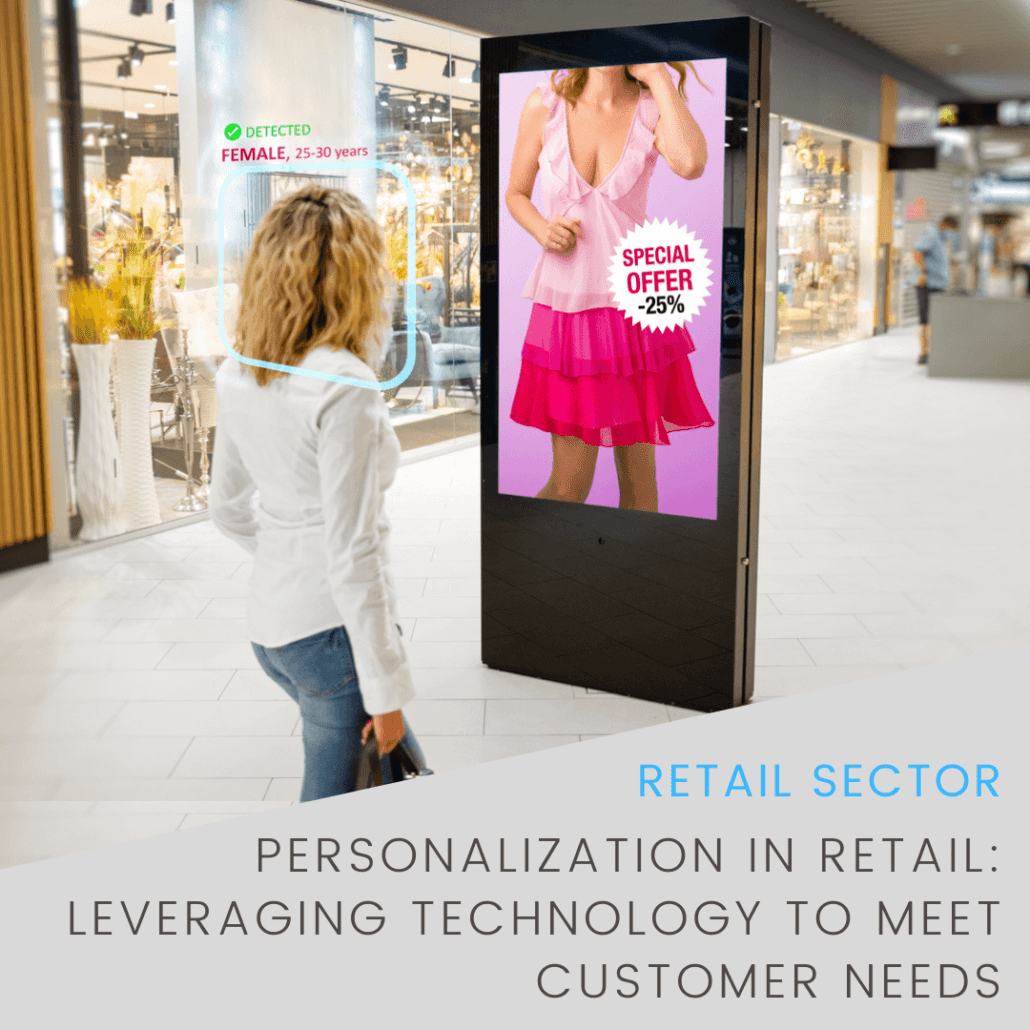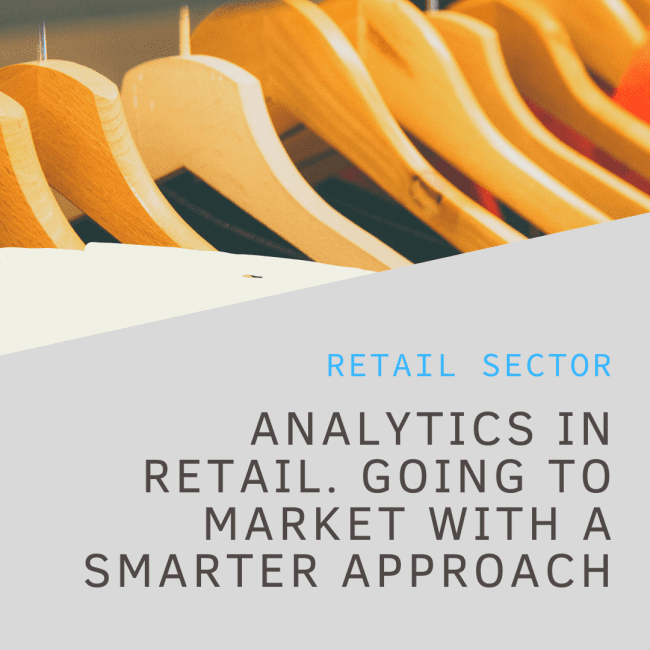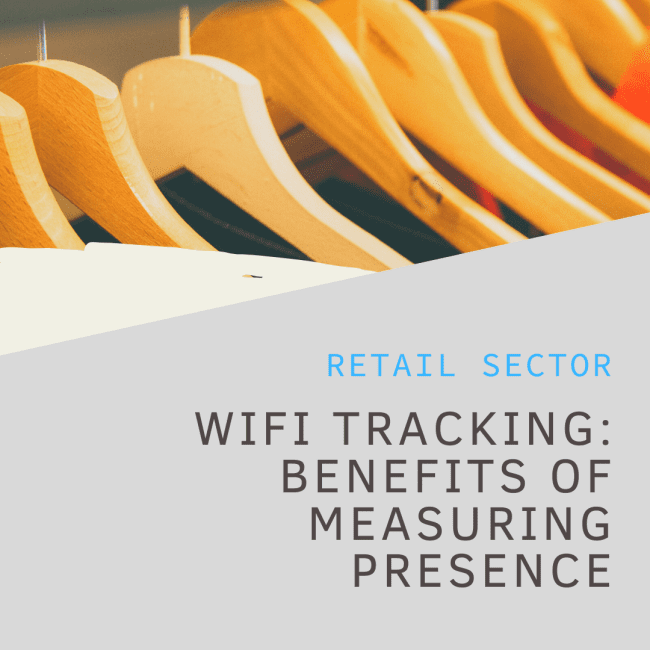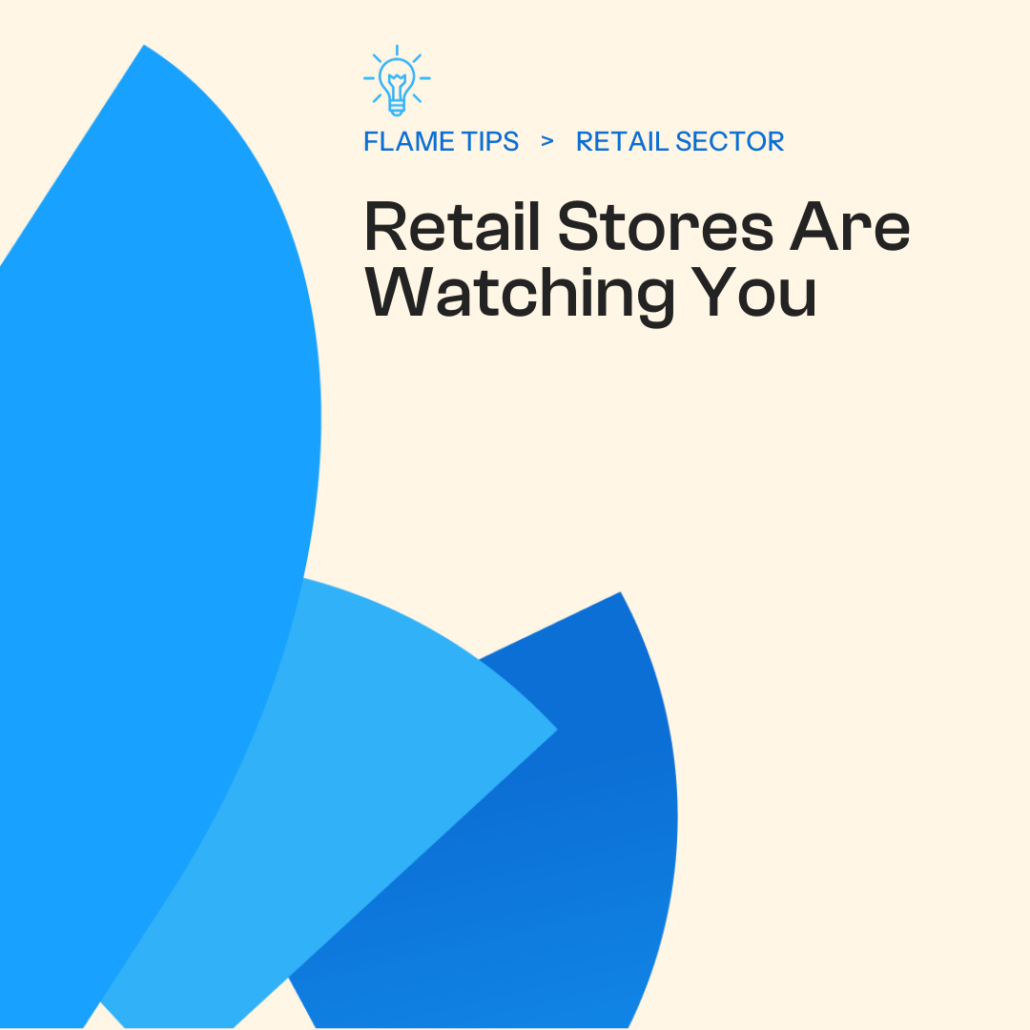Personalization has become a key component in the success of modern-day retail stores. With the abundance of choices available to customers, it has become increasingly difficult to stand out and differentiate from competitors. One way to gain an edge is by providing personalized experiences that cater to each customer’s unique preferences and needs. Personalization not only enhances the customer experience but also increases sales and customer loyalty.
In this article, we will explore the importance of personalization in today’s retail stores and how technology and analytics can help in obtaining data about customer behavior and preferences.
Personalization in retail stores
Personalization is all about tailoring the shopping experience to meet the needs and expectations of individual customers. This can be achieved in a variety of ways, from personalized product recommendations to customized marketing messages or deciding how to place the products in the store.
When customers feel like they are being understood and catered to, they are more likely to become repeat customers and recommend the store to others. This, in turn, can drive sales and help the business grow.
Use data to understand your customers
One of the most effective ways to personalize the shopping experience is by leveraging customer data. Customer data can provide valuable insights into their shopping behavior, preferences, and interests. By collecting and analyzing this data, retailers can gain a deeper understanding of their customers and tailor their offerings accordingly.
Data from loyalty programs
One way to collect customer data is through the use of loyalty programs. Loyalty programs encourage customers to share their information in exchange for rewards or discounts. This information can be used to create personalized marketing campaigns or offer targeted promotions. Retailers can also collect data through customer surveys, website analytics, and social media listening.
Once customer data has been collected, the next step is to analyze it. This is where technology and analytics come into play. Retailers can use data analytics tools to identify patterns and trends in customer behavior. For example, they can identify which products are most popular among certain customer segments or which marketing messages are most effective.
By analyzing customer data, retailers can also create more accurate customer personas. Personas are fictional characters that represent the typical customer for a business. By understanding the needs and preferences of these personas, retailers can create personalized experiences that resonate with their customers.
Data from technology and artificial intelligence
Another way to personalize the shopping experience is through the use of artificial intelligence (AI) and machine learning (ML) technologies. AI and ML can be used to create personalized product recommendations, offer real-time customer support, and even predict future customer behavior. For example, if a customer has previously purchased running shoes, an AI-powered recommendation engine may suggest other running gear that would complement their purchase.
In addition to AI and ML, augmented reality (AR) and virtual reality (VR) technologies can also be used to create immersive and personalized shopping experiences. AR and VR can allow customers to virtually try on clothes, see how furniture would look in their homes, or even explore virtual showrooms. These technologies can enhance the customer experience and make shopping more engaging and interactive.
However, it is important to note that while personalization can be a powerful tool for retailers, it must be done in a responsible and ethical way. Customers should always have the option to opt-out of sharing their data, and retailers must ensure that they are transparent about how customer data is being used. In addition, retailers must ensure that customer data is stored securely and protected from cyber threats.
Trust on the power of personalization in retail stores
In conclusion, personalization is essential in today’s retail stores. It enhances the customer experience, increases sales, and fosters customer loyalty. By leveraging technology and analytics, retailers can collect and analyze customer data to create personalized experiences that cater to the needs and preferences of individual customers. However, it is important to use personalization in a responsible and ethical way, and to always prioritize customer privacy and security.
Flame analytics provides retailers with the most innovative solutions to collect and analyze data of their customers behaviors and preferences. With a unique platform that contains all this data and allows you to also create personalized marketing campaigns according to them.
Visit our web to check our solution for the retail sector and contact our team to ask for a demo or any question.







